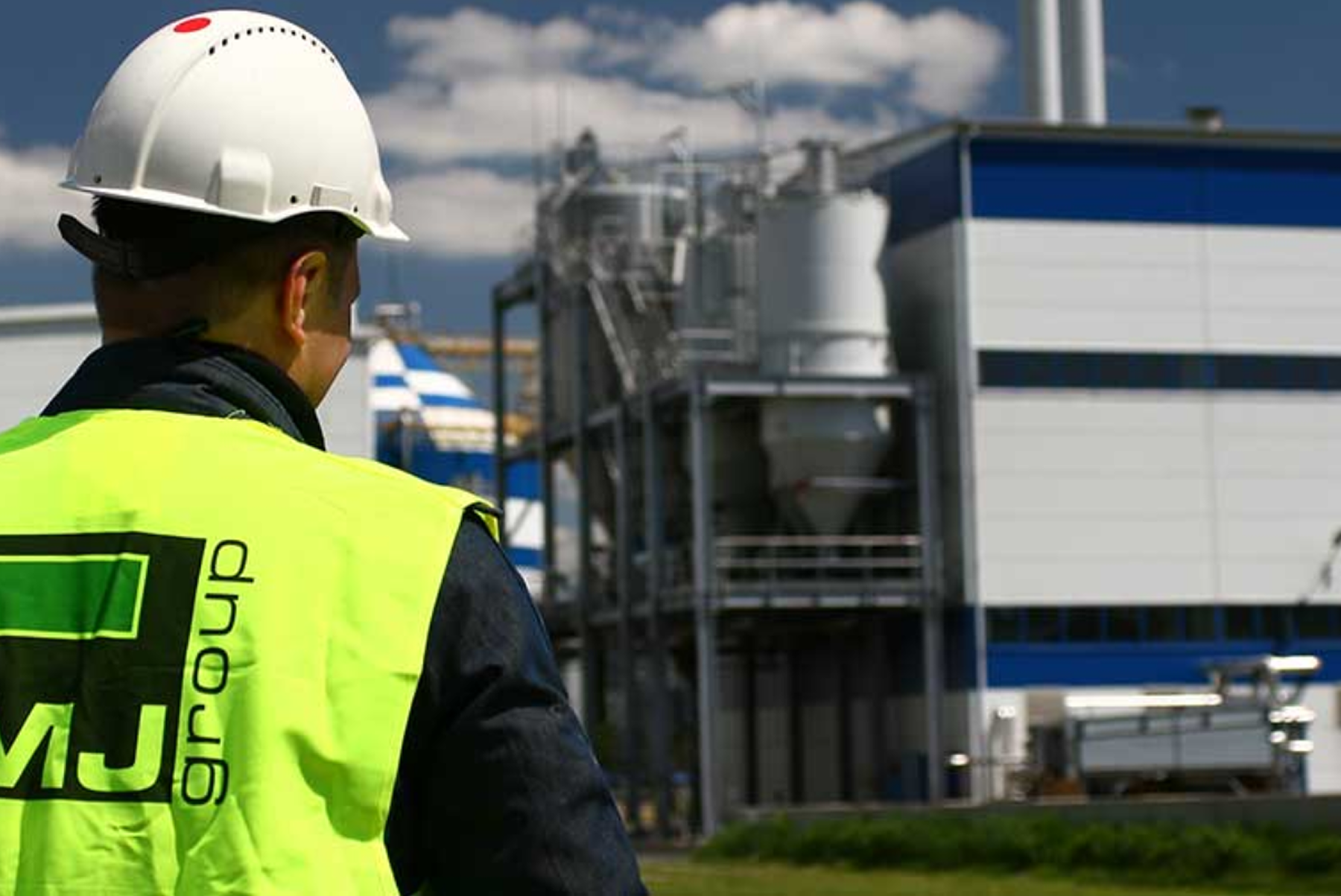Case study:
Stop&Go Production Lines for Car Seat Assembly
COMPANY: Car seat manufacturer
INDUSTRY: Automotive
PROBLEM: The need to modernize the production line to increase efficiency, assembly precision, and adapt to new seat models.
CHALLENGE: Automation and modernization of the production line.
To increase efficiency and implement modern technologies, the Client decided to carry out a comprehensive modernization of the production line for car seat assembly. A key element of the project was the implementation of a new electrical standard and PLC Siemens Simatic S7 control software with the HMI Proface system. Additionally, the system included a rear seat locking and control station, which required precise component integration and process optimization.
SCOPE OF WORK: Comprehensive automation implementation
The MJ Group team, in cooperation with AUTOMET Group, carried out a comprehensive implementation including:
- development and implementation of electrical standards according to Client’s requirements,
- design and programming of PLC Siemens Simatic S7 controllers and HMI Proface system,
- comprehensive modernization of production line control systems,
- integration and optimization of the rear seat locking and control station,
- complete commissioning and testing of the production line to ensure maximum efficiency,
- cooperation with the engineering department in France to ensure compliance with international standards.
SOLUTION: Modern industrial automation system
With the implementation of a new electrical and automation standard based on Siemens Simatic S7 PLCs and the HMI Proface interface, MJ Group provided the Client with:
- increased precision and reliability of the assembly process,
- full control over each stage of production,
- fast diagnostics and remote system monitoring capability,
- improved ergonomics and intuitive operation for production operators.
RESULTS AND BENEFITS FOR THE CLIENT
As a result of the production line modernization, the Client achieved:
- increased production efficiency through reduced downtime and optimized system performance,
- improved quality and assembly precision in line with international standards,
- improved operator safety,
- ability to quickly adapt the production line to new car seat models,
- reduced operating costs thanks to modern components and software.




